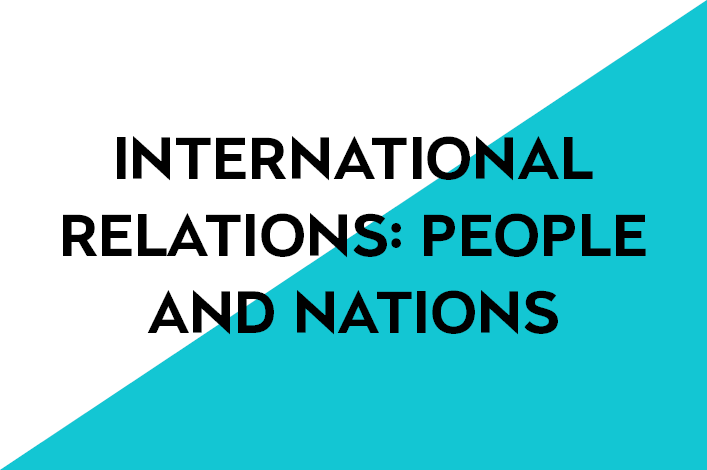
4. Inter-ethnic relations. People and peoples
Themes in the suggested curriculum: Ethnic groups. Inter-ethnic relations. Interaction with people in a multi-ethnic and multi-confessional society.
Themes in the suggested curriculum: Ethnic groups. Inter-ethnic relations. Interaction with people in a multi-ethnic and multi-confessional society.
Themes in the suggested curriculum: Ethnic groups. Inter-ethnic relations. Interaction with people in a multi-ethnic and multi-confessional society.
Aims:- Building intercultural competence;
- Understanding the regular aspects of intercultural communication and inter-ethnic relations;
- Realising the risks of intolerance and intercultural misunderstanding;
- Helping to form civil responsibility: understanding personal contribution and personal responsibility in building positive communication with representatives of different peoples of Russia.
Duration — 1 hour 40 minutes
Short description
The work begins with a short questionnaire on the peculiarities of inter-ethnic relations, conducted by means of individual i-pads. The results of this are processed automatically, after which each participant will be able to see the general opinion of the group and compare it with their own answers.
This is followed by a discussion, as a result of which the participants will be brought to the following conclusions:- Russia is a multi-ethnic state
- One of the tragic consequences of intercultural misunderstanding is armed inter-ethnic conflict, leading to large scale killing of people.
To elucidate the causes leading to the emergence of conflicts, a written exercise-experiment is then conducted, during which the kids will get to know the concept of 'ethnocentrism,' discovering its role in inter-ethnic interactions, as well as its positive and negative aspects.
This is followed by an illustration-exercise on the understanding of the stereotypes current in society regarding different ethnicities and their role in communication between people. The schoolchildren see positive alternatives to stereotype-driven thinking, understanding the practical means for overcoming stereotypes.
A simulation game is next, on the theme of intercultural interaction. The game demonstrates the manifestation and consequences of intercultural misunderstanding. During the discussion of the game, the participants derive the basic rules for intercultural communication.
The lesson ends with a discussion in which the students share their impressions and plan their future actions.